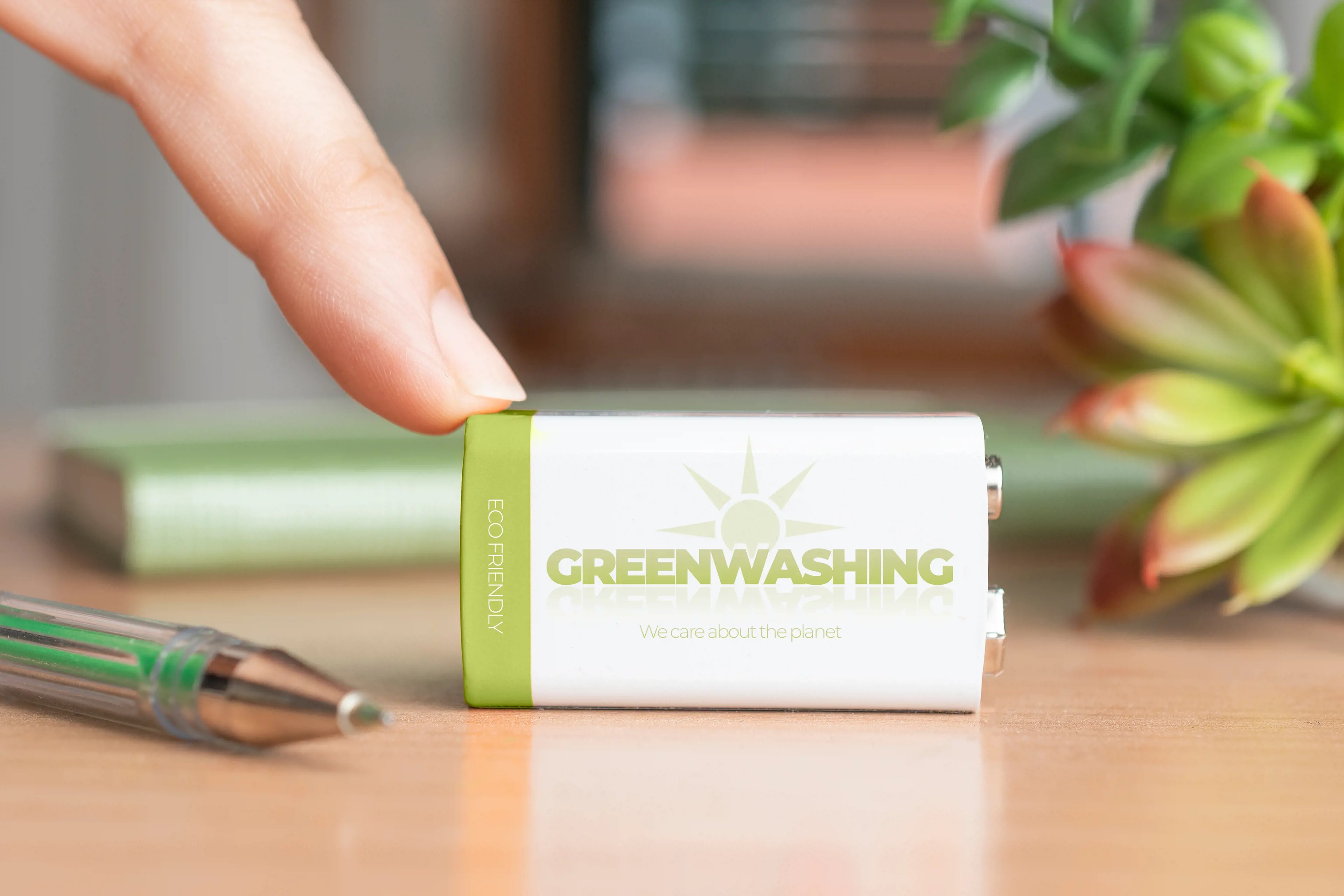2/08/2023·4 mins to read
Bed, Bath and IP: The High Court highlights the risks of descriptive trade marks

A recent dispute between two homeware brands is a reminder to businesses that, when it comes to trade marks, distinctive is always better than descriptive.
Key takeaways
- The more unique and distinctive your trade mark, the stronger the protection it may provide.
- Choosing a descriptive trade mark makes it harder to prevent competitors from using similar names.
- It is important to promptly take action against alleged infringers to ensure the best prospects of success.
A tangled history
For a number of years, locally-owned Bed, Bath and Beyond (BBB) (not affiliated with the US business of the same name) and Australian-owned Bed, Bath and Table (BBT) co-existed peaceably in New Zealand as competitors, despite selling similar goods under the registered trade marks “BED BATH & BEYOND” and “BED BATH N’ TABLE” respectively.
Things took a contentious turn when in 2018, 11 years after BBT started trading in New Zealand and 7 years after BBT registered its mark in New Zealand, BBB asked the High Court of New Zealand to find that BBT’s registered trade mark was invalid. BBB claimed that BBT’s mark should never have been allowed on to the Register of Trade Marks because of its similarity to BBB’s earlier mark. BBB also sought orders that BBT was liable for trade mark infringement, passing off and breaches of the Fair Trading Act.
BBT responded with a number of defences and a counterclaim that BBB’s registered marks were invalid.
Five years after the proceedings were issued, the High Court has dismissed BBB’s claims in a judgment spanning over 100 pages. BBT’s counterclaims were also dismissed.
BBT’s trade mark registration is valid, despite similarities to BBB’s trade mark
The Court’s primary focus was on BBB’s claim under s 25(1)(b) of the Trade Marks Act. This provision prohibits registration of a trade mark which is similar to an existing mark registered for similar goods and services, if its use is likely to deceive and confuse.
Here the two marks were registered for similar goods and services, and the Court held that, on the face of it, the inescapable conclusion was that the marks themselves were similar.
In some cases, this double-header of similarities will almost inevitably lead to the necessary likelihood of deception or confusion. However, things were not as straightforward in this case. The complicating factors included the following:
- Disclaimer applied to BBB’s mark: In order for its mark to gain registration, BBB had agreed that the registration would carry a “disclaimer” stating that the registration did not give BBB exclusive use rights over the words BED and BATH.
- BED and BATH are descriptive: Disclaimer aside, Justice Ellis found that the words BED and BATH are more descriptive than not of BBB’s goods and services, and are not distinctive. This mitigated any confusion that might arise from the use of BED and BATH by BBT in its own mark. Her Honour cited the well-established principle that a trader using descriptive words in a trade mark must expect and tolerate some confusion as the price for not having chosen a more distinctive trade mark. In such cases, small differences between two marks (here the use of “N” instead of “&”, and “TABLE” instead of “BEYOND”) took on additional significance.
- Little actual confusion: Evidence of actual consumer confusion is not essential for success under s 25(1)(b) but it can be a powerful factor in favour of the earlier trade mark holder.
BBB sought to rely on a survey of members of the public, which it said was compelling evidence that consumers mistakenly believed that BBB and BBT were connected. Justice Ellis disagreed, finding the survey results to be unreliable. Other evidence (none of it directly from consumers) also failed to persuade her, on the grounds that while it established the occurrence of some confusion, it was not as widespread as BBB claimed. Somewhat unusually, Her Honour also drew on her personal retail experience, noting that she was aware of both brands and did not confuse the two.
Taking all of the above into account, Justice Ellis refused to find the BBT mark invalid on this ground.
For completeness, Her Honour also found that honest concurrent use of BBT’s trade mark provided a defence to the invalidity challenge under s 25(1)(b), in part because BBT had traded in New Zealand for about seven years before it registered its mark.
As a result, BBB’s claim for trade mark infringement also failed.
No passing off or breaches of the Fair Trading Act
BBB’s claims of passing off and breaches of the FTA were also unsuccessful. The lack of distinctiveness of BBB’s mark was again central to Her Honour’s findings on these claims.
A further factor was the parties’ respective logos and get-up. While both parties’ logos used the colour green, they were not especially similar and tended to detract from suggesting a connection between the two operations.
What does this mean for your business?
When choosing brands, businesses should be aware that:
- Purely descriptive trade marks are not registrable;
- Even if a mark is registered, it will not give exclusive protection for any descriptive elements contained within the mark. Registered trade marks that have a low level of distinctiveness may also only provide a limited scope of protection against similar names; and
- A highly distinctive mark may provide stronger protection against similar marks.
Our Intellectual Property team specialise in assisting businesses to develop and implement trade mark and brand protection strategies. If you would like advice on these issues, please contact us. We will be happy to assist.









